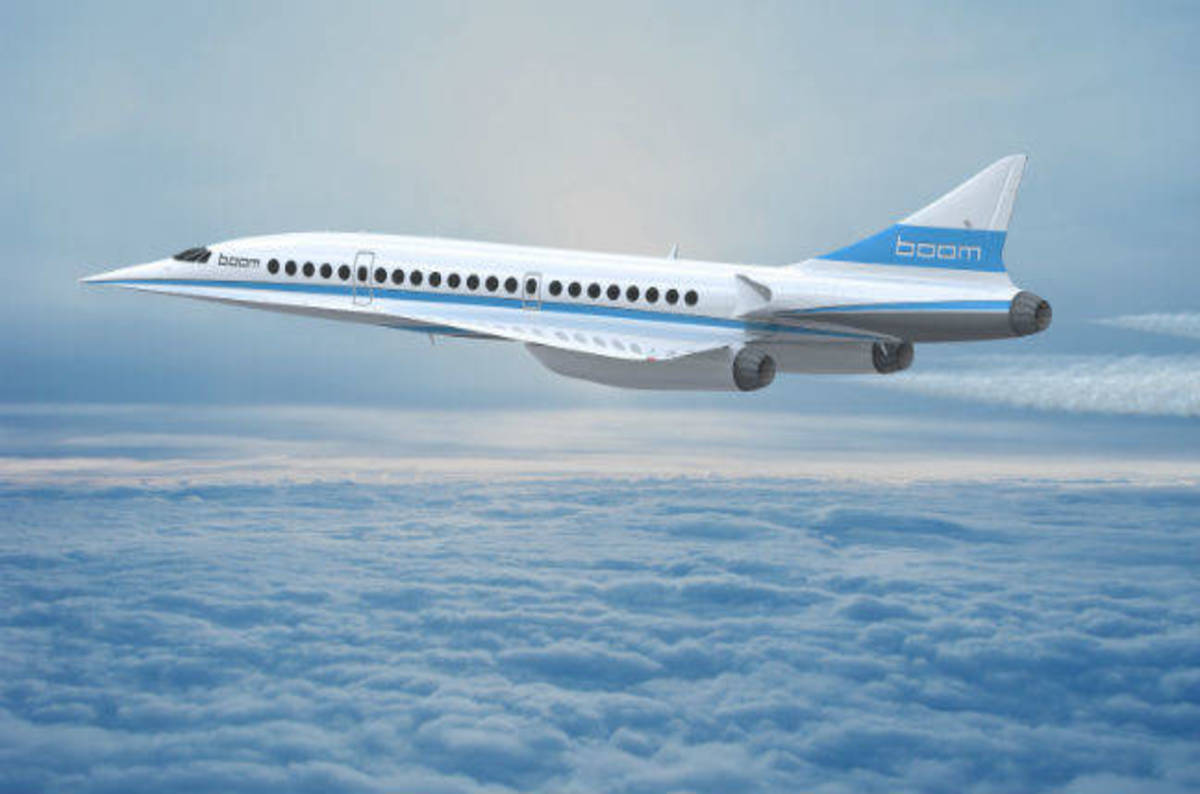At a Colorado aircraft hangar, the two firms unveiled the triple-engined XB-1 prototype, a one-third sized prototype of the airliner they hope will be able to blast from London to New York in three hours and 15 minutes – air traffic control allowing.
“60 years after the dawn of the jet age, we’re still flying at 1960s speeds,” said Blake Scholl, chief executive officer and founder of Boom.
“Concorde’s designers didn’t have the technology for affordable supersonic travel, but now we do. Today, we’re proud to unveil our first aircraft as we look forward to first flight late next year.”
Boom, a product of the Y Combinator startup factory, claims that with advanced materials, more efficient engines that don’t require an afterburner that chews fuel, and a more efficient wing design, it can make supersonic travel a commercial reality for the cost of today’s business class – around $5,000 for a return transatlantic trip.
The firm envisages 170-foot long airliners with 60-foot wingspans that will seat 55 passengers, one on each side of the aisle. The finished craft will have a range of 4,500 nautical miles (long enough for New York or Washington to London), but Boom says it’ll be designed for refueling for trips with twice that range.
Source: Virgin Galactic and Boom unveil Concorde 2.0 tester to restart supersonic travel

Robin Edgar
Organisational Structures | Technology and Science | Military, IT and Lifestyle consultancy | Social, Broadcast & Cross Media | Flying aircraft

